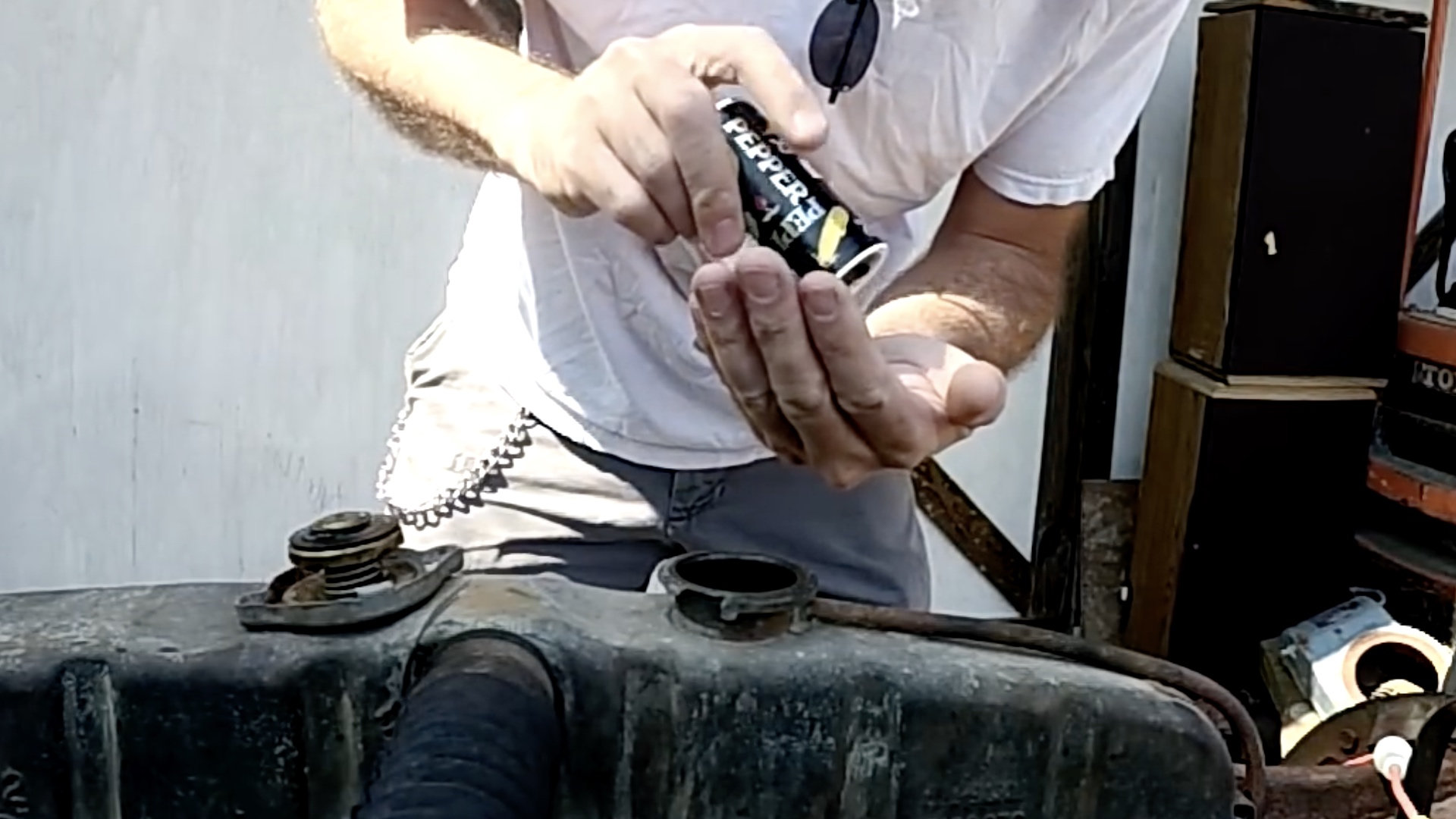

Predating the internet by generations, the car community was a near-perfect place for a variety of myths to take deep root. Whether or not they were based in fact, they propagated by word of mouth before spreading further online, leaving some people with strange ideas like the notion of older cars being safer just because they’re bigger/heftier. Or that pouring black pepper into a radiator will fix a leak—or does it?
As we’ve all probably bought into ideas like this at one time or another, I’d like to know, what car or driving myths have you discovered just aren’t true?

One myth I often see propagated is that of “snap oversteer,” a phenomenon often said to plague older, unassisted mid- or rear-engined cars like the Pontiac Fiero and Porsche 911. Internet commenters, many of whom haven’t driven a rear-wheel-drive car—much less a mid-engined one—are glad to tell you how twitchy cars like these are, and how so much as reducing throttle mid-corner can send one into an irrecoverable spin. Speaking as someone who hasn’t just driven, but raced, and even spun Toyota MR2s, I can say this “snap oversteer” talk is all hogwash.

To be fair, it’s easy to understand how the idea of this ill-defined characteristic took root. These cars are indeed tricky to drive near their limits, for reasons that are easily explained in terms of a weight on a stick balancing on your hand. Having the heavy end in your palm is akin to acceleration in a rear-engined car, where the accelerative force (in the stick’s case, gravity) keeps the center of mass stable.
Balancing the weight end in the air, however, is more like decelerating a mid-engined car—it’s prone to quickly toppling if it loses balance. This instability gives mid-engined cars their agility, though it’s not a trait always easily managed, especially if a car’s suspension design is on the economical side, as it is with the Toyota MR2’s MacPherson struts.
I’ve experienced what people write off as snap oversteer, sometimes catching it, sometimes not. I’ve overcorrected my way off the track, and once, even into a curb. Save for one instance partially caused by bad suspension repairs, these were all driver-induced and not the fault of the car. And yet, no matter how many pros film themselves drifting supposedly unmanageable cars, we’ll probably never hear the end of driving myths like “snap oversteer.” Not as long as people have egos that need soothing, that is.
Got a tip or question for the author? You can reach them here: james@thedrive.com